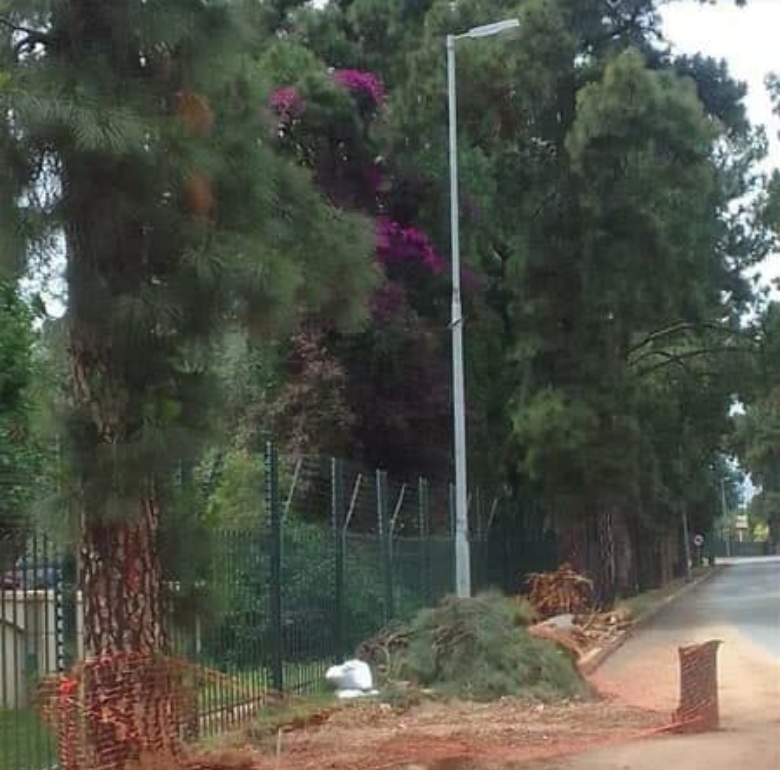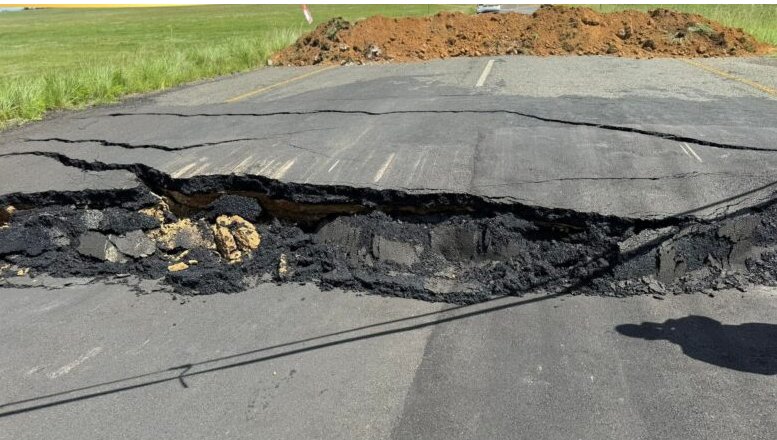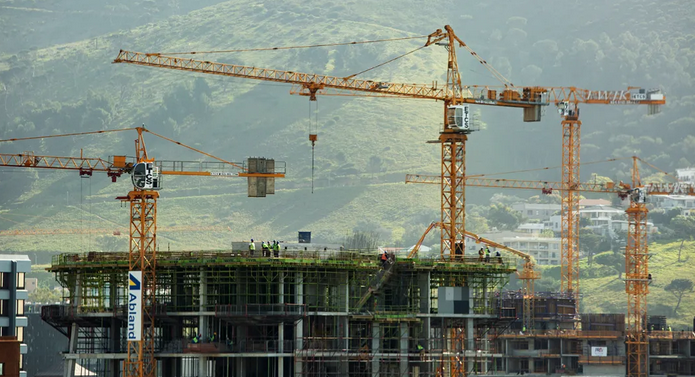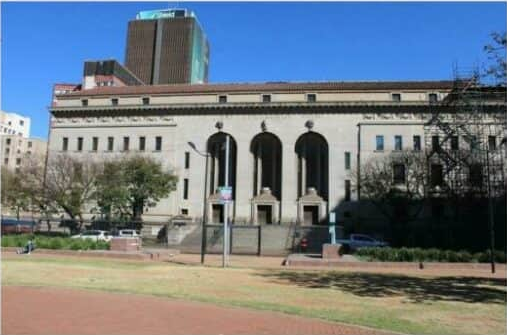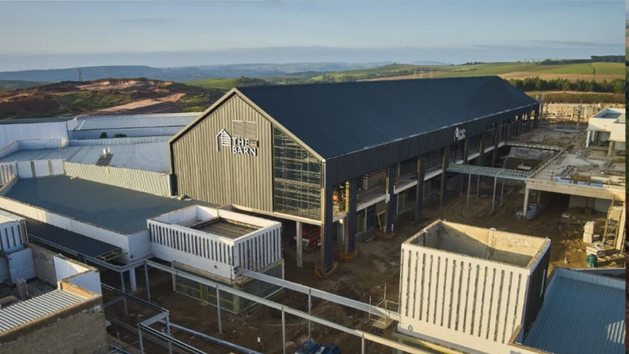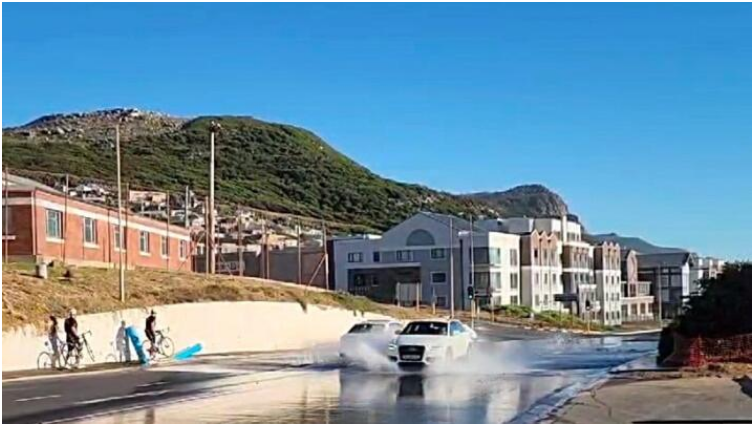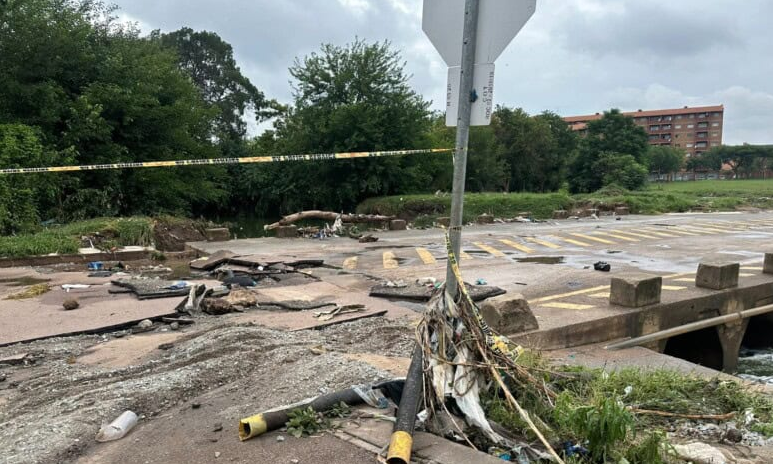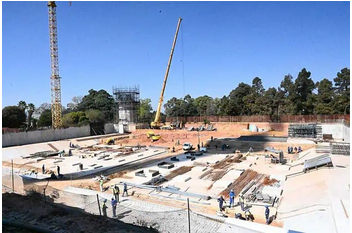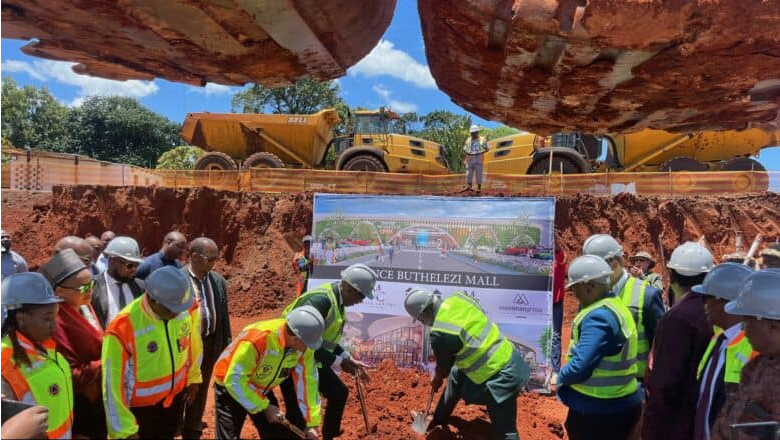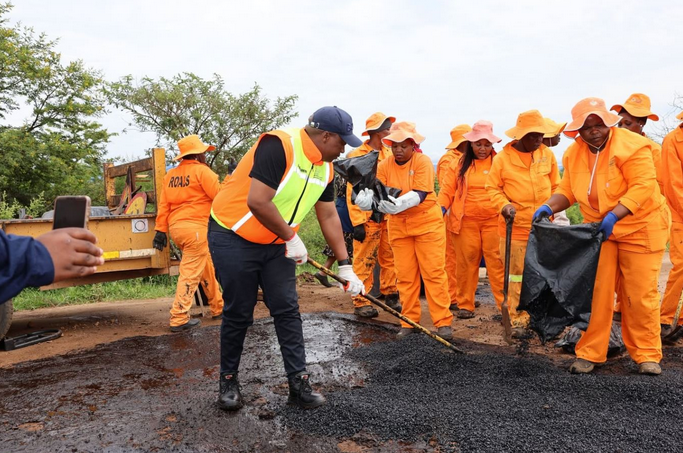Injaka Bridge Collapse: Lessons Learned - Part One

07-02-2005
Read : 139 times
TerryDeaconProjectPro
the injaka bridge in mpumalanga collapsed on 6 july 1998, causing the death of 14 people (including the designer of the bridge, ms marelize gouws) and injuring 19 others. most of them were standing on the bridge deck as it was being launched.
the owner of the works was the department of water affairs and forestry. vke consulting engineers were appointed by the owner to design the bridge to span the ngwaritsane river, near bosbokrand. the contractor, concor holdings (pty) limited, was appointed to design the temporary works from design information obtained from vke and to build the structure.
the bridge was a seven-span continuous structure with an overall length of 300 meters and was designed to be constructed by means of the incremental launching method. a steel nose was attached to the leading end of the first segment. its function was to reduce the cantilever moment, the corresponding shear force and bearing reactions during launching. to enable the bridge to slide on top of the supports during the launch, temporary sliding bearings were used in combination with the permanent bearings.
after 4 years of investigation, the injaka bridge collapse inquiry in terms of the provisions of section 32 of the occupational health and safety act was at last made public in mid may 2002.
the purpose of the inquiry was twofold:
· to determine liability for the accident
· to gain experience for preventing similar disasters in future.
adv hans fabricius and his legal team found both parties, the consulting engineers and the contractor, negligent in a number of ways. johan bischoff, head of vke pretoria structural department, and technical manager rolf heese of concor, were both found to have been negligent.
cause of collapse
the causes of the collapse resulted from a long list of shortcomings and can be summarized as follows:
· lack of competent personnel and supervision
· steel launch nose not structurally stiff enough
· incorrect temporary works slide path
· incorrectly placed temporary bearings
· incorrect feeding of bearing pads
· under-designed deck slab
all of the above could have been avoided had normal design and project management principles been applied.
cracks appeared in the bridge deck as warning signs that things were going wrong, but they were not taken seriously by anybody. the first type of crack was the longitudinal cracks close to the corner of the box observed by a mr khanyile (concor pad feeder). these were tensile cracks and it showed that the western haunch had been failing for a long time. the other transverse cracks were seen by concor’s mr de sa and mr jordao. these were reported during his first few days on site.
mr bischoff mentioned that cracks were a serious matter and that their sizes and positioning were indications of the degree of seriousness. he did some calculations by looking at the reinforcement within the diaphragm and believed that it was reasonably correct. he then gave the instruction that the launch be proceeded with and that the destressing be done. a reasonable contractor would not have proceeded with the launch of an undamaged deck in these circumstances, much less would a reasonable contractor have proceeded with the launch after such damage had been discovered, regardless of what the engineer may or may not have approved at that stage.
mr martin, an expert witness, mentioned that if he had seen the cracks and the problems with pad feeding, he would have been sufficiently alarmed to have moved the people off the deck on the day of the collapse. mr oosthuizen, another expert witness stated, “when one sees such a crack, you will see trouble".
there had been many warning signs and that with experienced staff and adequate controls and alarms, the collapse of the bridge could have been prevented.
the event that triggered the collapse of the injaka bridge was a punch-through of the bottom slab of the bridge deck by one or more of the bearing pads on top of the western bearing at pier 2. once this happened, the collapse of the entire bridge was inevitable and would have followed regardless of any other defects that may have existed in any other part of the structure, including the inadequate steel nose.
the principal cause of the bearing pads and bearings punching through was the placement of the temporary bearings underneath the bottom slab of the deck, rather than in their most favourable positions, i.e. substantially under the webs of the deck section. but if the permanent works drawings were defective or unclear in this regard, one would at least expect the relevant project specification to be clear. it seems to be entirely unnecessary to expect the contractor to have to work out where to place his temporary bearings, based on inferences drawn from his interpretation of obscure clauses. it remains a mystery why the exact sizes and positions of the temporary bearings cannot be given to the contractor, if not by way of drawings, then at least by way of a clearly formulated project specification.
Recent News
Here are recent news articles from the Building and Construction Industry.
Have you signed up for your free copy yet?
